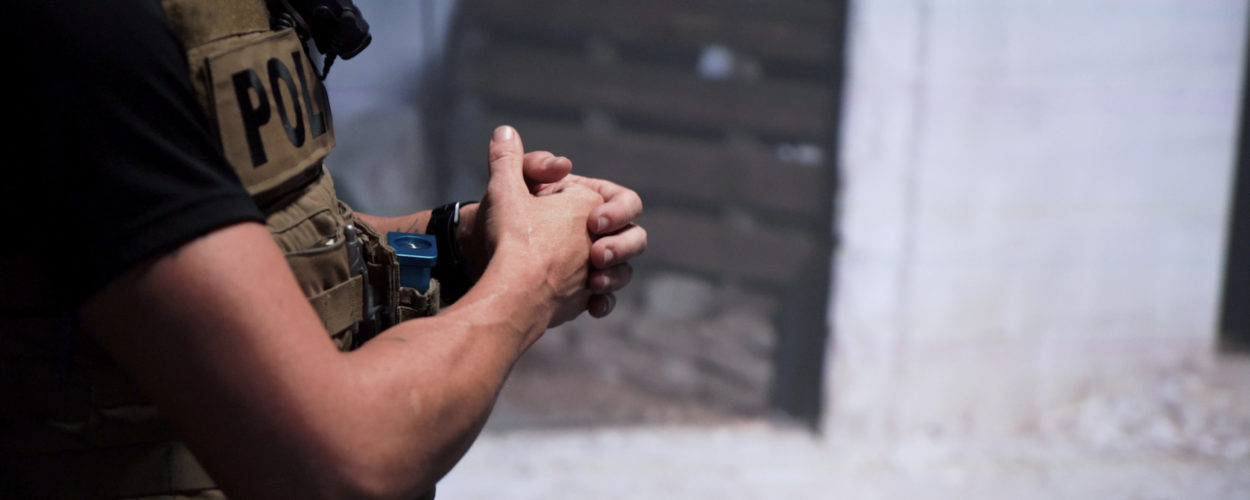
Law enforcement officers often encounter dangerous or complicated situations that require them to use different types of use of force. However, police use of force is only to be used for specific reasons, such as defense of self, the defense of another, to prevent the destruction of evidence, prevent suicide or to take a person into custody.
The International Association of Chiefs of Police defines use of force as the “amount of effort required by police to compel compliance by an unwilling subject.” Definitions of use of force are often vague due to each situation and officer being different. In a potentially threatening situation, officers may use physical force to mitigate the situation, make an arrest, or protect themselves or society from harm, though they must use only the amount of force that is objectively reasonable to obtain lawful objectives. Excessive use of force is a dangerous and by its own definition…unjustifiable.
In order to aid their mission to serve and protect, police have a wide array of force options in their toolbelts, both literally and figuratively. These options allow police to select and implement the right force option depending on what the situation requires. All types of use of force options can be broken up into the following use of force categories:
Verbal Direction and Control
Verbal commands are different from verbal de-escalation. Whereas verbal de-escalation is meant to diffuse the situation, and should be used first if possible, verbal force commands such as “stop”, “don’t move,” “you’re under arrest,” etc. are more forceful. The officer’s posture and tone should be stern, firm, though it may escalate to shouting and shortened commands in an attempt to gain compliance. These only work if someone chooses to comply.
Empty Hand Control
Empty hand control includes wrist locks, pressure points, and other come-a-long techniques. This can be broken up further in to soft and hard techniques. Hard empty hand control includes strikes and are typically associated with active aggression on the part of the subject being controlled.
Chemical Agents
Officers can utilize chemical force, depending on their department’s policies. Chemical weapons are usually sprays or projectiles embedded with chemicals to disburse a crowd or gain compliance of a suspect, with the most common chemical weapon being pepper spray. Due to their restraining and less harmful nature, chemical force falls under the less lethal category.
Electronic Control Device
Similar to chemical weapons, law enforcement officers may have an Axon® TASER®, stun gun or similar electronic device in their toolbelt, if permitted by the department. Also similar to chemical weapon, electronic tools are under the less lethal category. This form of force is beneficial in establishing control of a situation where the subject may be harming themselves, others or the officer.
Deadly Use of Force
Firearms are placed directly in the lethal category and are to be used by officers only when the officer reasonably believes the subject poses a significant threat of serious bodily injury, or death, to themselves or others. If the situation permits, officers are encouraged to begin with other force options before resorting to lethal options. However, all situations are different, forcing officers to rely on state law, knowledge and training in determining which force option to use.
VirTra is working hard to provide officers with the most beneficial, realistic use of force training . Each simulator is designed to build an officer’s skills and transfer that knowledge to the field. Each VirTra simulator is designed to work with a variety of force options, allowing officers to practice real-life situations with their full duty belt. For example, departments can utilize special TASER drop-in kits that make department-issued TASERS able to interact with the simulator, allowing officers to practice electronic control device.
Other accessories and tools include CO2 canisters, batons, etc. For situations that require use of a firearm, trainers can utilize a drop-in recoil kit and CO2 magazine, which fit into the duty weapon and convert it from a live weapon to a simulator-ready firearm. Learn more about these training tools by contacting a VirTra representative.
Recently Published
Join Our Newsletter







